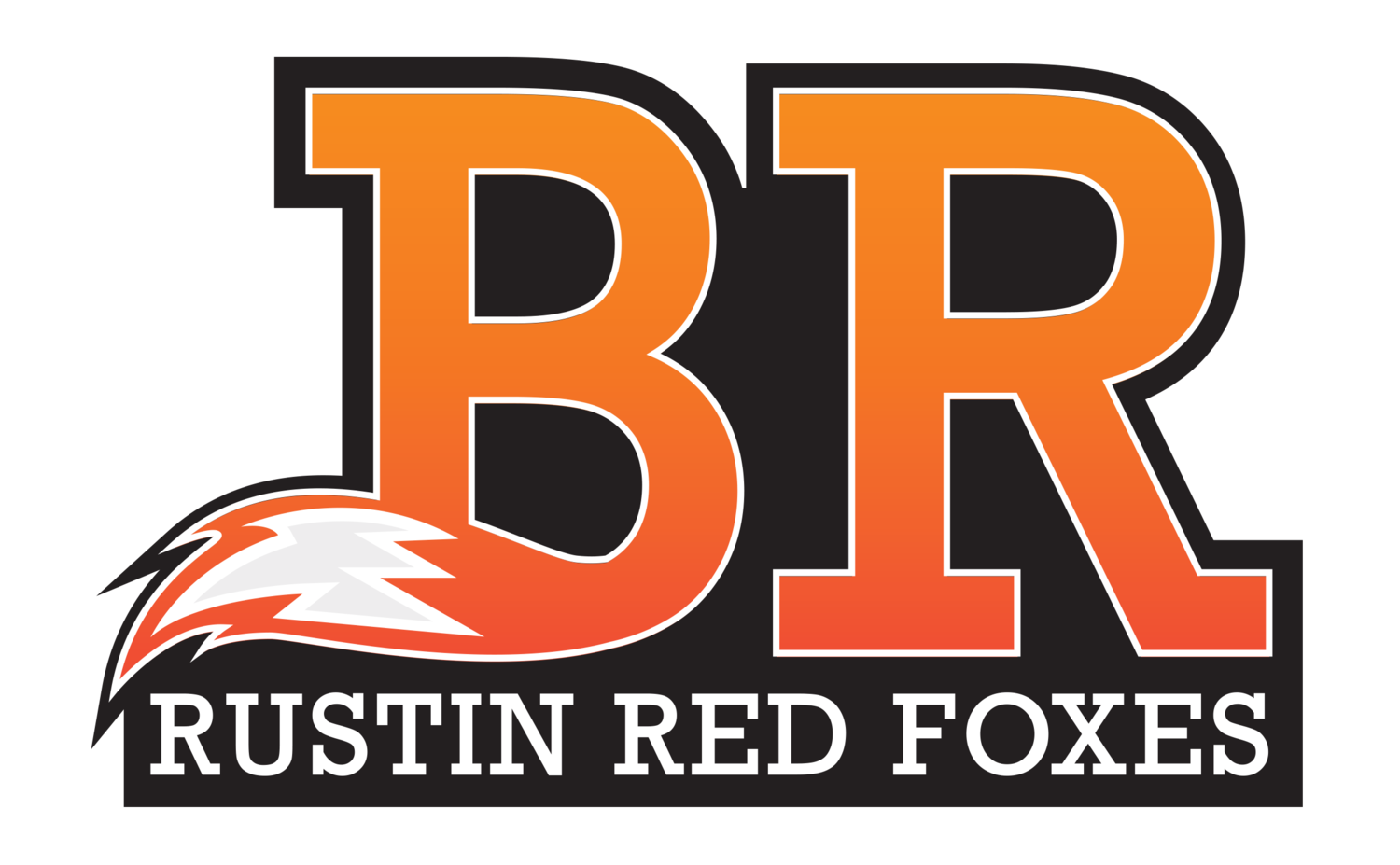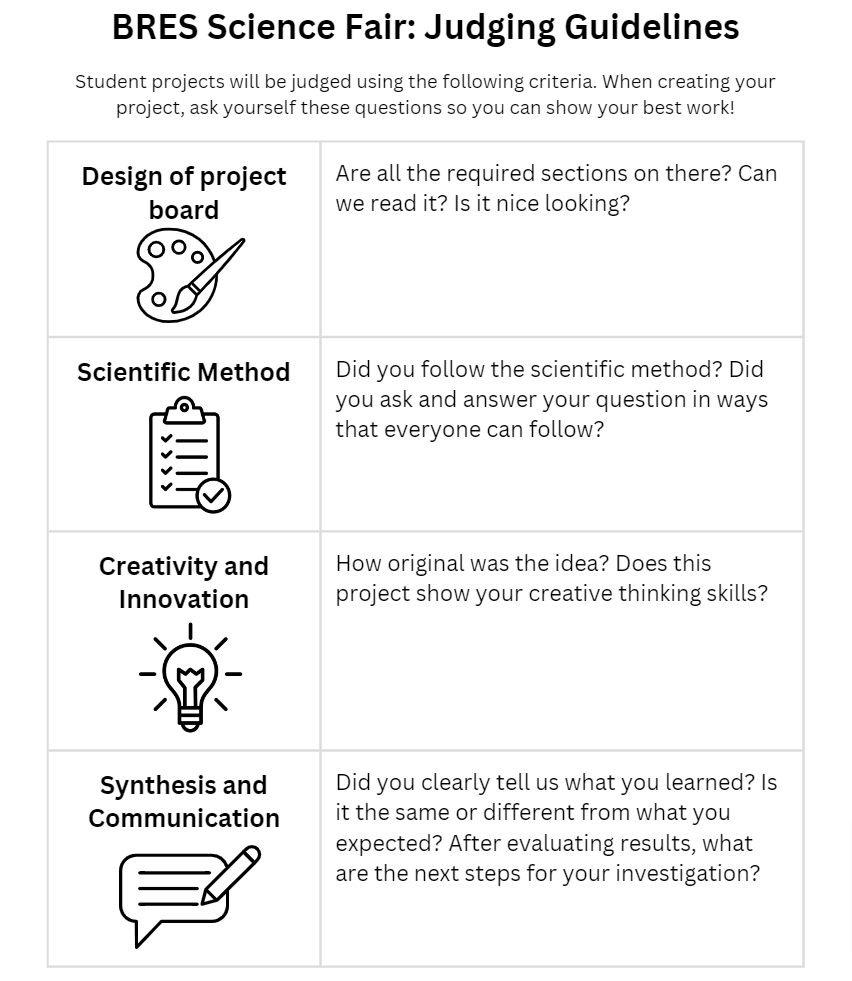The 2025 BRES STEAM Fair and Expo Happens Saturday, April 5, from 10am-12pm
Enter a Science Fair Experiment or STEAM Project!
Get ready for a blast of science as the Bayard Rustin Elementary School (BRES) STEAM Fair returns on Saturday, April 5! We have partnered with local scientists and STEM organizations to provide interactive and educational demonstrations.
We also invite students to share their own projects with us by entering our Science Fair or displaying a STEAM project at our expo. Both of these projects are fun, engaging, and noncompetitive ways for our growing learners to explore the world around them. If you are interested in presenting at the STEAM Fair and Expo, please complete this form by April 1.
Keep scrolling for everything you and your child need to know to sign up and get started. We can’t wait to see what our kids come up with!
Science Fair Requirements and Resources
At our BRES Science Fair, students will use the scientific method to ask and answer questions, then share their findings on a posterboard. Our expert volunteer judges will review students’ work and provide feedback using our judging form. All entrants will receive a certificate for their participation.
Below are a list of requirements as well as links to resources to help you think about your projects.
Requirements to Enter
Students must conduct a science experiment using the scientific method (don’t know what this is? Read more below in our resources section). This experiment should be simple yet interactive, easy to understand and replicate, and help to enhance the student’s understanding of scientific concepts.
Students must display their findings on a 36x48 tri-fold presentation board. We will have a limited number of free tri-fold boards available for families who cannot otherwise purchase them. If you need help getting a board, reach out to fundraising@brespta.org. Students can choose to type up their project or to handwrite the sections; just be sure that it is legible.
Each poster should contain the following sections:
A title summarizing your project and attracting people to your poster.
An introduction section providing background information on the topic of your project and explaining the purpose and question you are trying to answer. The testable question, or hypothesis, should be clearly stated.
A materials section listing all the materials used in the project.
A procedures section explaining the steps you took to conduct your experiment.
A results section using images, data, tables, or graphs to present your findings.
A conclusion section summarizing your results and explaining what you learned from your project. You can also share the next experiment that you would try.
A references section sharing any resources that you used when designing your project.
Once your sections are complete, lay out the tri-fold board and decide on the placement of your title and the sections of your project. We encourage you to get crafty to make your poster attractive and inviting! Use construction paper to create sections for the title, introduction, materials, procedures, results, conclusion, and reference. Attach each section to your project board. Finally, use markers or crayons to make the board visually appealing and easy to read. Be sure to proofread your work and make any necessary corrections.
Here’s an example of how you can lay out your poster!
Science Fair Resources
Are you interested in entering the Science Fair but not sure where to start? Science research projects often begin with things we see and are curious about. They then use the scientific method as a framework for exploring these observations. Below is a description of the scientific method to help guide your exploration.
Here are some great resources to help you get started on your experiment
A description of the Scientific Method from Khan Academy
Science Buddies for hands-on science resources and project ideas.
The Science Explorers have a great description of the Scientific Method.
Science fair projects for all grade levels from All Science Fair Projects.
Kids science projects from Science made Simple
Tools for Teaching and Learning from the Exploratorium
Here are some resources for creating your poster board:
How to do a great elementary science fair project and board by We Have Kids
Science Fair Project Display by Science Buddies
STEAM Project Requirements and Resources
STEAM projects–which combine science and art to create projects that are both educational and visually appealing–allow students to explore science through creative applications of science, technology, engineering, arts and math. These projects may not ask questions in the same way as the science fair project, but they still allow students to explore scientific concepts in a creative and hands-on way that can help to enhance their understanding and interest in science.
Requirements to Enter
Students must create an original art project that explores a science, engineering, or math concept. They can use a variety of materials (clay, paint, construction paper, yarn, beads, popsicle sticks!) in their creation.
Examples of STEAM projects:
Solar system model using paint, clay, or other materials to create the planets and the sun, then connected with string or wire in the correct order and in relative sizes to represent our solar system.
Create "plant cell" collage using different materials such as construction paper, yarn, and beads to create and label a model of a plant cell. Through this project, the student would learn about the structure and function of plant cells.
Bridges made of popsicle sticks, simple circuits, or Rube Goldberg machines that perform simple tasks. These projects would explore concepts in engineering and would follow the engineering design process.
Art projects that help students learn about different scientific concepts such as weather, animals, and insects. For example, a "weather wheel" that shows the different types of clouds and the corresponding weather that is associated with them.
Projects should be easy to display on a trifold board or a table top so that students can present their work.
STEAM Project Resources
Art-Science activities from the UCAR Center for Science Education
Art projects that incorporate science from the Art of Education University
Tinkering projects from the Exploratorium
What to Expect on April 5th
We ask that students arrive with their projects by 9:45 am so that we can show them where to set up.
Judges will start to look at the Science Fair projects starting at 10 am.
We highly encourage students to stay with their projects for the first 30 minutes of the expo and present what they learned to judges and visitors. However, this is not mandatory.
All entrants to both the Science Fair and STEAM Expo will receive a ribbon for their participation. Science Fair entrants will also receive comments on their experiments and posters from our judges.
More details to come once your student has officially entered!
Questions? Please reach out to fundraising@brespta.org if there’s anything we haven’t covered here.




